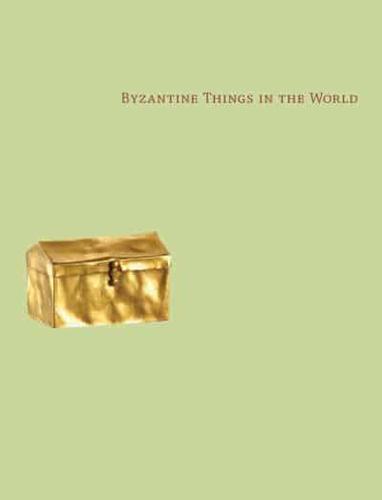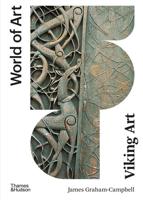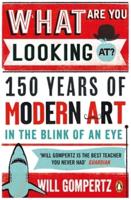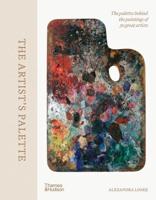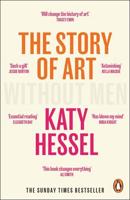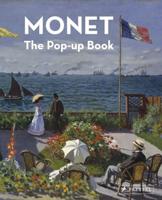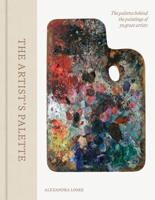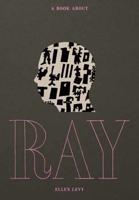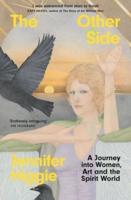Publisher's Synopsis
How did Byzantine culture understand its own objects we now call "art"? This enlightening publication proposes that they saw and experienced clay pilgrim tokens, relief stamps, and icons of saints as dynamic and fully active and alive in the world. The materials used and the sensory impressions they created were an integral part of the Byzantine God-saturated world. Gold was considered a living material and tokens from locations associated with a saint's physical life extended his or her presence into pilgrims' lives.
This book attempts to overturn conventional art historical thought through a combination of material investigation, historical recovery, and hermeneutic clearing. Distinguished authors argue that categorizing these objects made for Medieval Greek Christians as art is incorrect, instead suggesting that they were rooted in a world with an animistic view of living things.
Provocatively interweaving Byzantine material culture and art with analogs like Kongo nkondi figures and works by James Lee Byars, Donald Judd, and Yves Klein, this volume features the Menil Collection's superb holdings and fresh perspectives by a range of art historians.
Distributed for The Menil Collection
Exhibition Schedule:
The Menil Collection
(05/03/13-08/18/13)
